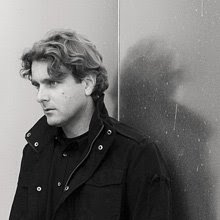
















Designed by Craig Varterian for Boom, Hive is a modular shelving/display system sold in two finishes, solid wood in walnut veneer or white lacquer. A set of three runs for $125 on their website. I snapped a photo of these more slender units at Dwell on Design though I couldn't find them on the website.


Laser cutting is a relatively young technology. One of the appeals of laser cutting is that compared to traditional methods of cutting, there is little contamination, warpage, or distressing of the material due to lack of physical contact (electromagnetic radiation in the form of an emitted laser beam is used to cut the material.) Additionally there is no wear on the cutting element as there is with a physical place. The strength of the laser itself, however, does vary depending on the material being cut. I sent a job to the laser cutter this afternoon and was really interested in the laser burn left on the protective coating of the acrylic board. A physical record of the process and unexpected forms found in the process of making.



